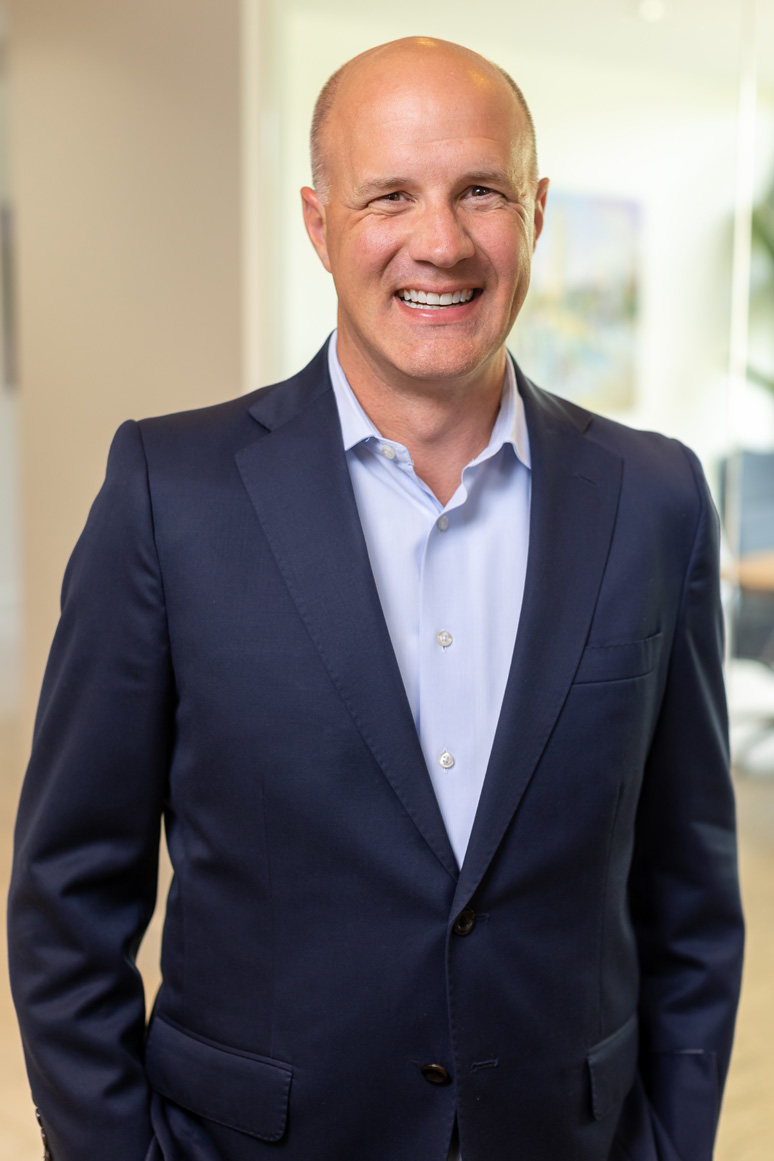Waverly Advisors Acquires Silicon Hills Wealth Management
Silicon Hills Wealth Management (“Silicon Hills ”) has been acquired by Waverly Advisors as of June 16, 2023.
Moving forward, you will come to know the Waverly Advisors team as an extension of our own. Both Waverly Advisors and Silicon Hills are driven by a client-first philosophy. We are dedicated to making a difference in the lives of our clients through financial planning and investment management, while building strong, long-lasting advisor-client relationships.


